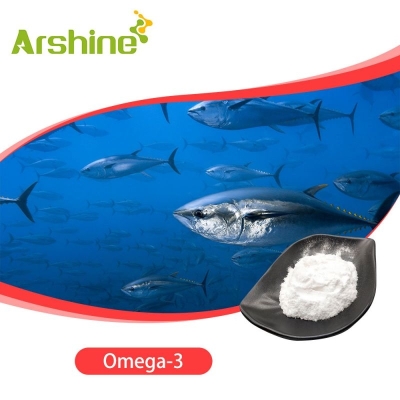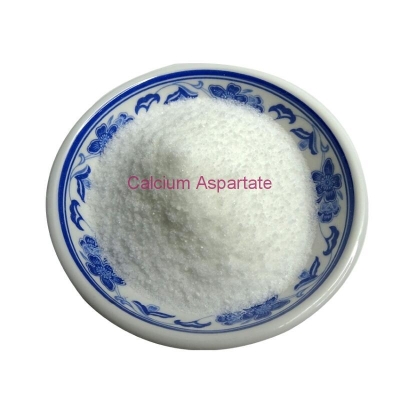-
Categories
-
Pharmaceutical Intermediates
-
Active Pharmaceutical Ingredients
-
Food Additives
- Industrial Coatings
- Agrochemicals
- Dyes and Pigments
- Surfactant
- Flavors and Fragrances
- Chemical Reagents
- Catalyst and Auxiliary
- Natural Products
- Inorganic Chemistry
-
Organic Chemistry
-
Biochemical Engineering
- Analytical Chemistry
- Cosmetic Ingredient
-
Pharmaceutical Intermediates
Promotion
ECHEMI Mall
Wholesale
Weekly Price
Exhibition
News
-
Trade Service
The paper is based on a study
The study was published in Nature Communications, a peer-reviewed open access scientific journal
The simulator predicts the strength, velocity, and selectivity of multivalent interactions, which involve molecules with multiple binding sites that can be used to develop drugs to treat diseases, particularly cancer and COVID-19
Casim Sarkar, senior author of the paper and a professor in the Department of Biomedical Engineering at the University of Minnesota, said: "Polyvalent interactions are really important in natural biological systems, and now people are starting to creatively use their unique binding properties to create new therapeutic drugs
Sarkar added: "With polyvalent drugs, in principle you can target cells very specifically in a way that is not possible with a standard monovalent drug, but there are many variables to consider in their design, and most of the work done so far in the field has been done through trial and error
Many anti-cancer drugs bind not only to tumor cells, but also to cells they are not intended to target, which often brings unnecessary side effects to patients
Another example is the SARS-CoV-2 virus
"We basically have a computational microscope that allows us to look inside and see what polyvalent proteins like SARS-CoV-2 spike protein do at the molecular level,"
The researchers have identified potential ways to limit the contagiousness of current and future SARS-CoV-2 variants, and they plan to test
The study was funded
In addition to Sarkar, the research team included researcher Bene Bruncics from the Budapest University of Science and Economics and Wesley Errington from the Department of Biomedical Engineering at the University of Minnesota







